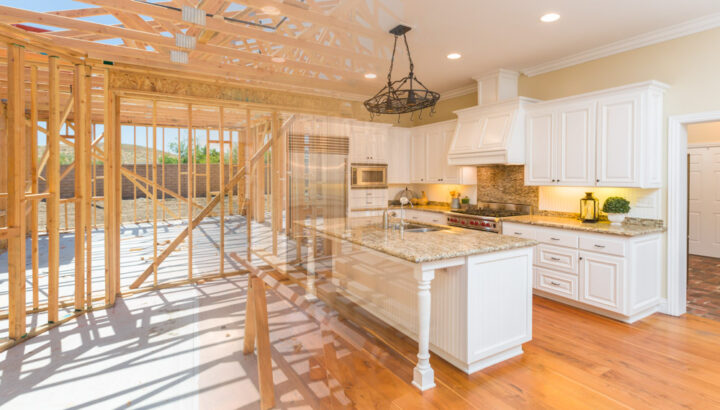
Construction costs soar
The cost of both residential and non-residential construction rose more than 10 percent last year, and similar forecasts are expected for 2022.
In its latest quarterly report, the NZ Infrastructure Commission, Te Waihanga, predicts that infrastructure providers, property developers, and households will all be impacted by labour shortages, material supply chain bottlenecks, and Covid-induced slowdowns.
Te Waihanga Director of Economics, Peter Nunns says Covid-19 is not the only cause.
“Even before the Covid pandemic, New Zealand struggled to scale up to build and had a heavy reliance on international workforce. This reflects long-term issues around workforce capacity and capability, material supply chains, and volatility of investment.”
He says industry feedback suggests that immigration and MIQ constraints have effectively closed the door on the international workforce, leaving New Zealand critically short of skilled construction workers, which has in turn led to an extremely tight construction labour market fuelling cost pressure.
New Zealand’s construction cost inflation is among the highest in the OCED, ranking 10th highest, but again not just because of the Covid-era phenomenon.
“Over the last five years, New Zealand had the seventh-highest construction price inflation in the OECD, with residential construction price inflation averaging 5.2 percent per annum from 2016 to 2021.”
Te Waihanga is considering these issues as it develops a New Zealand Infrastructure Strategy to help address cost inflation.
The Infrastructure Quarterly Report is available on www.tewaihanga.govt.nz



